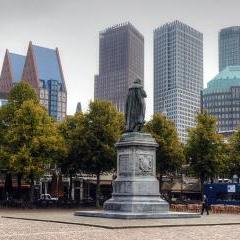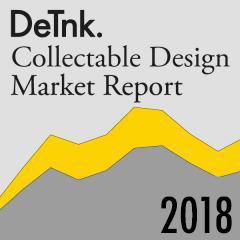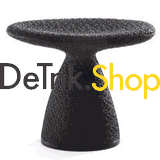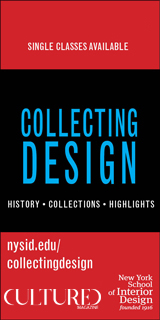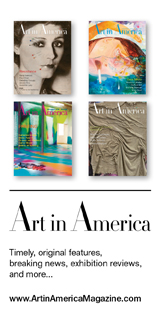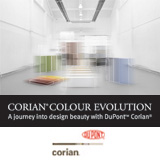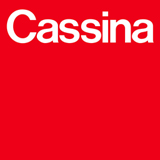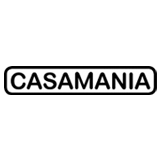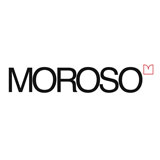New tribunal aims to provide expertise and impartiality for art disputes
News from the Web
A new body dedicated exclusively to resolving art disputes, the Court of Arbitration for Art (CAA), will be formally launched 7 June in the Hague by the Netherlands Arbitration Institute (NAI) and the nonprofit Authentication in Art. Instead of being decided by judges and juries, cases will be heard by arbitrators who are seasoned lawyers familiar with industry practice and issues specific to art disputes. Scientific and provenance experts, who are often essential to proving authenticity and title to an artwork, will be appointed by the court rather than hired by the disputing parties. Authenticity, fraud, copyright, stolen art, and contract disputes are all within the court’s purview.
The tribunal’s main goal, says its founder, the art lawyer William Charron of the New York firm Pryor Cashman, is to produce accurate decisions the market will accept. “Courts are reactive bodies. They don’t go out and independently try to search for the truth on their own. They take the evidence that is presented by the parties and they do the best they can”, Charron says. “The thinking with CAA is, if you have art practitioners as the deciders, they’re going to be better positioned to evaluate the evidence.”
Another goal is to save time and money, as art lawsuits are often hampered by delays. “There is a steep learning curve for judges” to become familiar with the issues in art cases, and “a final decision comes after a long time”, Charron says. The lawyer Luke Nikas, a member of the working group Charron assembled, observed during his involvement in the Knoedler art forgery lawsuits that “extensive resources and court time was devoted to whether scientific testing was sufficient”. But on the flip side, Nikas says, when experts' testimony is introduced in court by the parties, “there’s a concern they are biased…[CAA] experts are responsible to the objective of truth. Their loyalty is to the arbitration panel,” not the client that hired them.
continue reading at theartnewspaper.com






